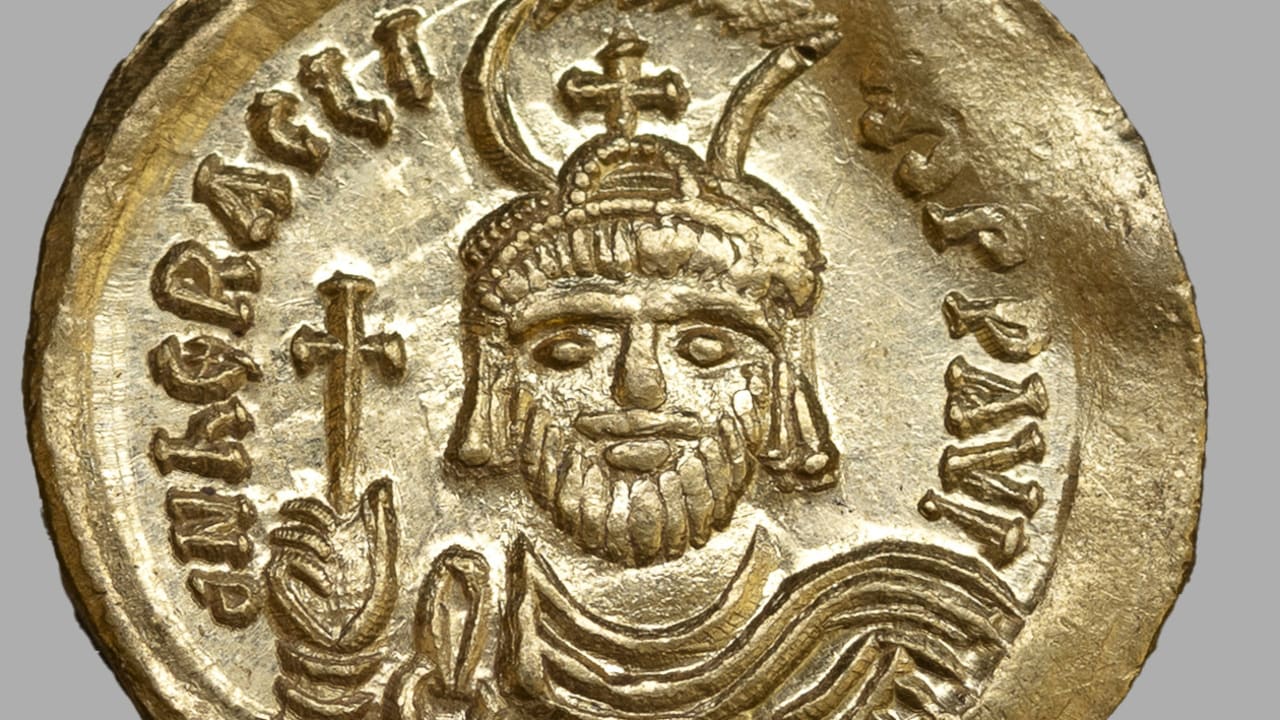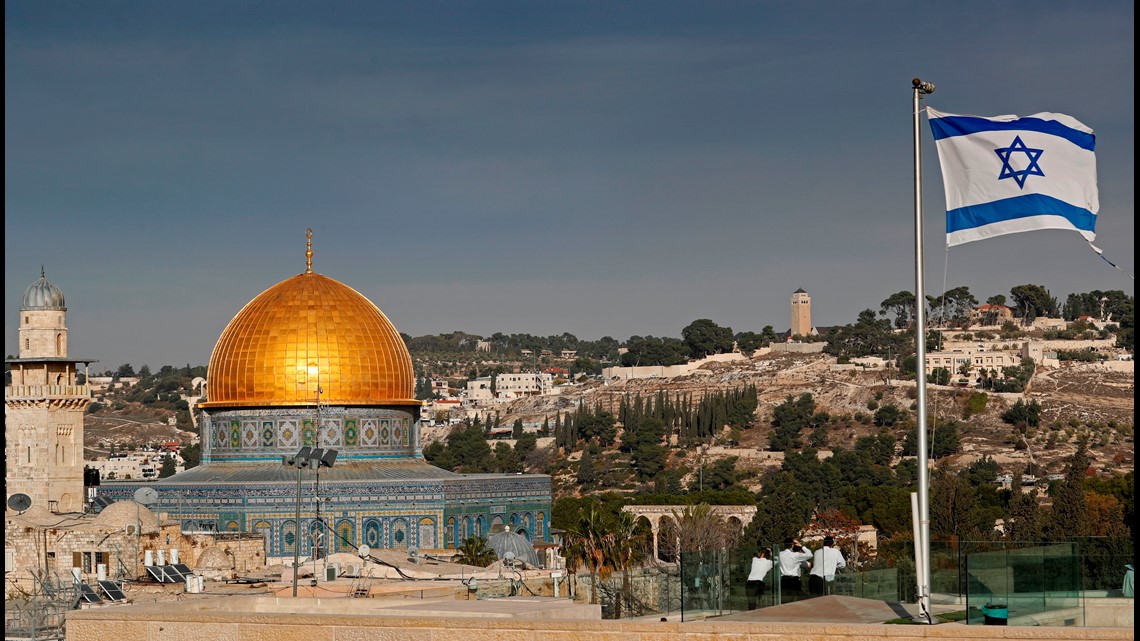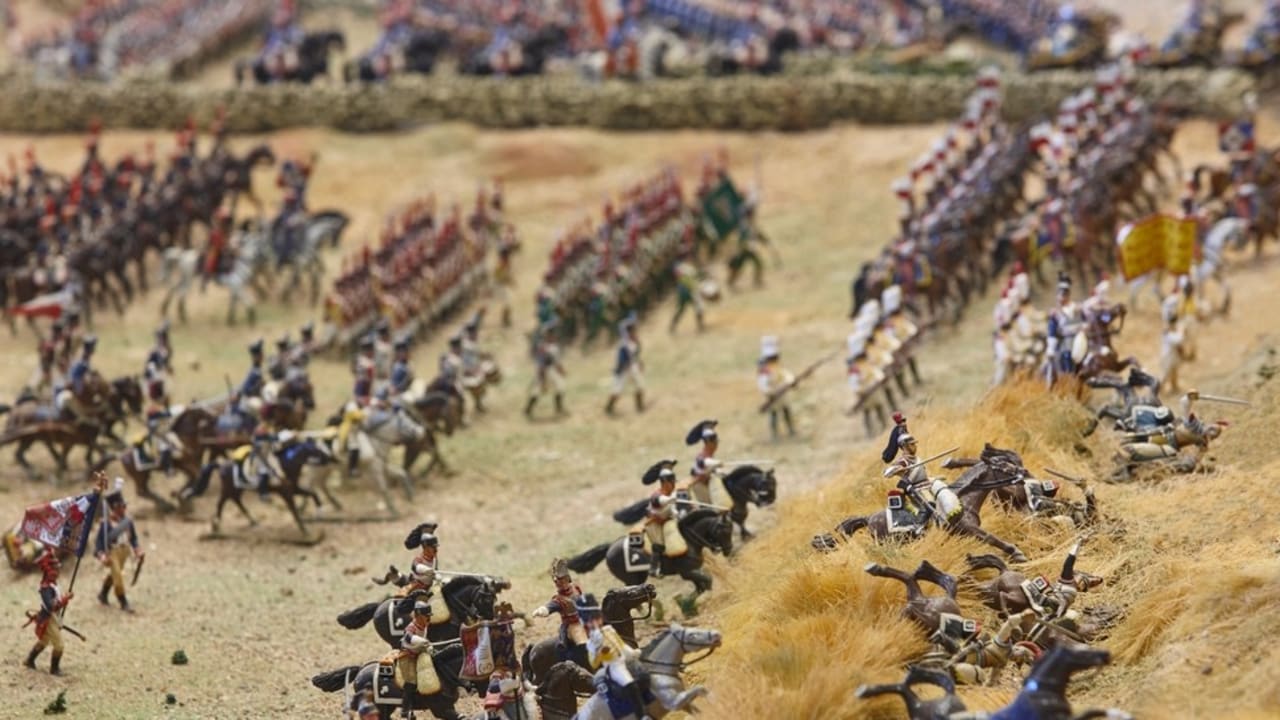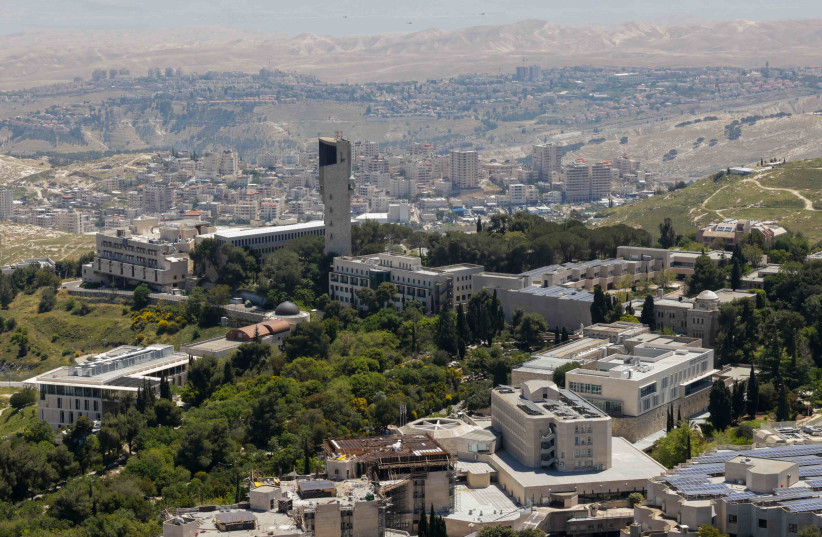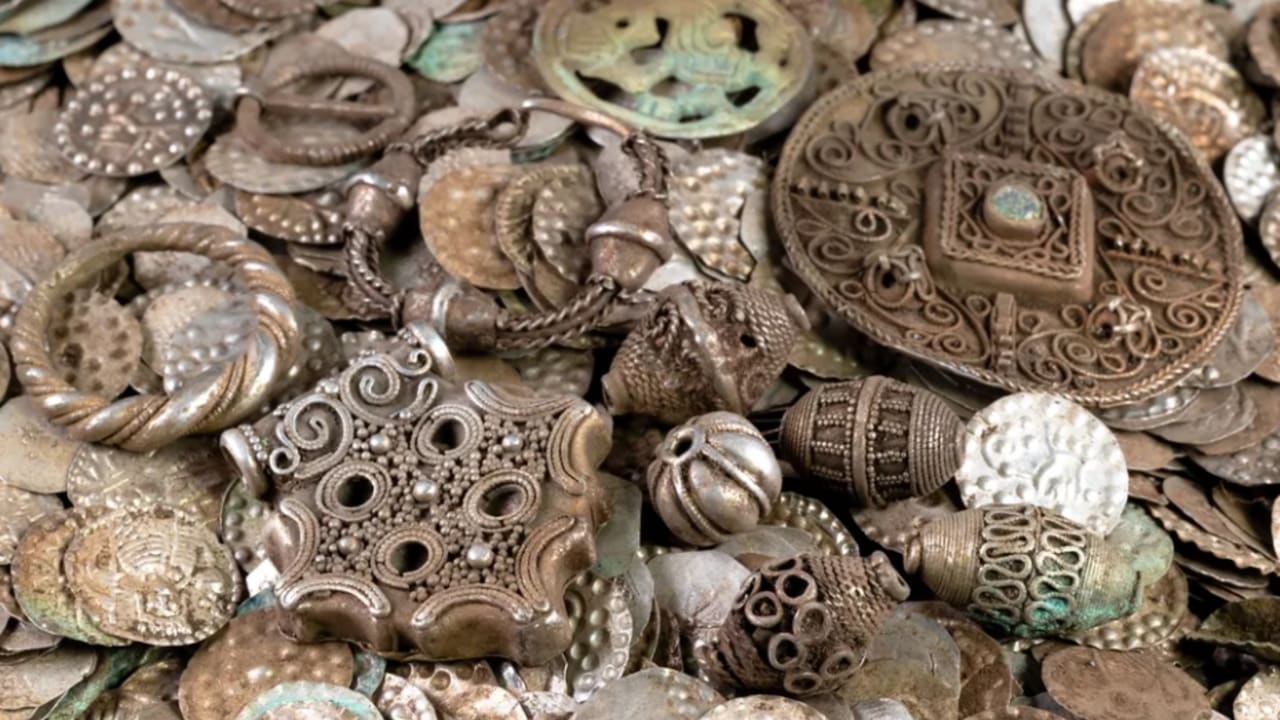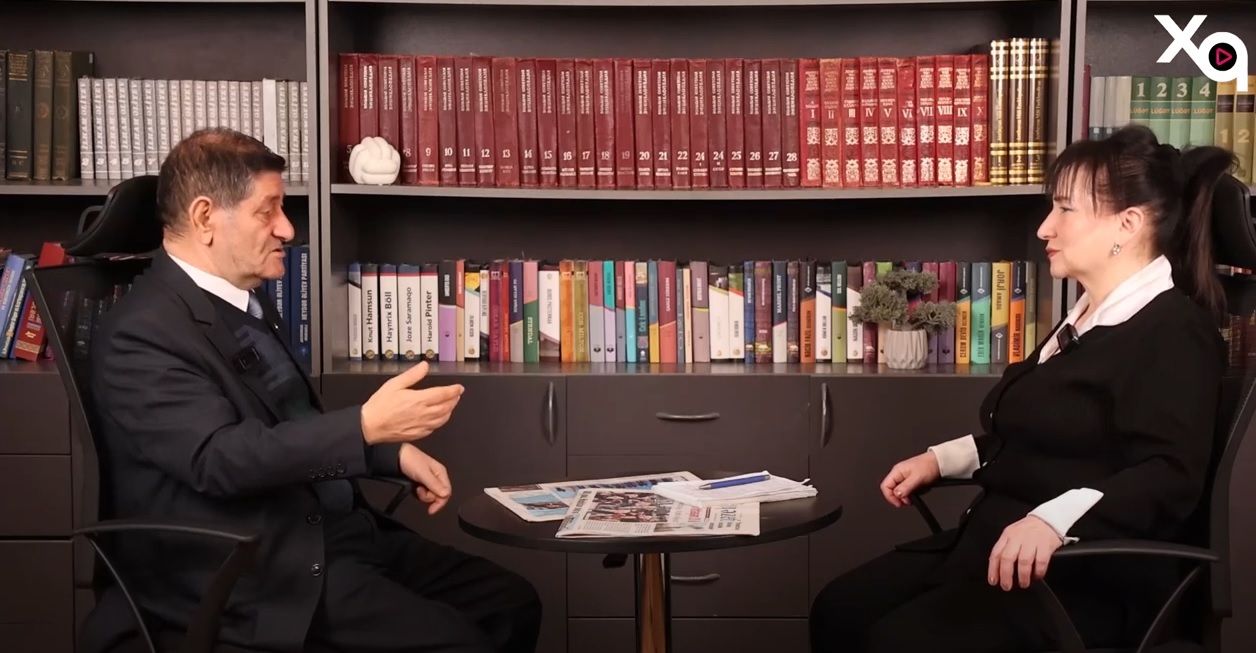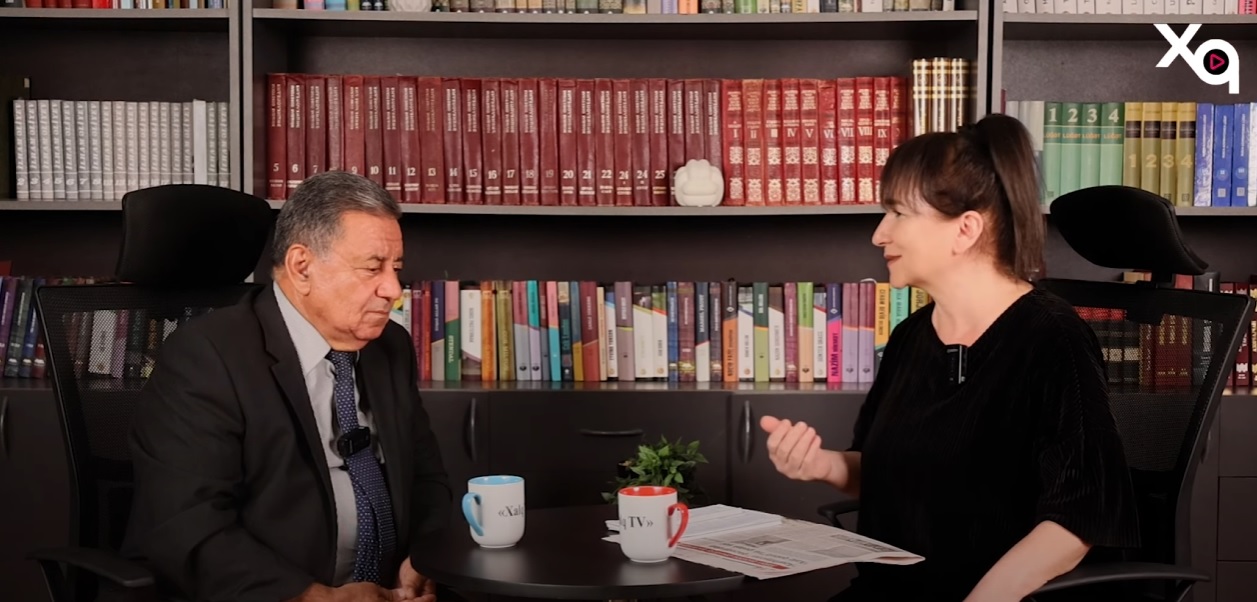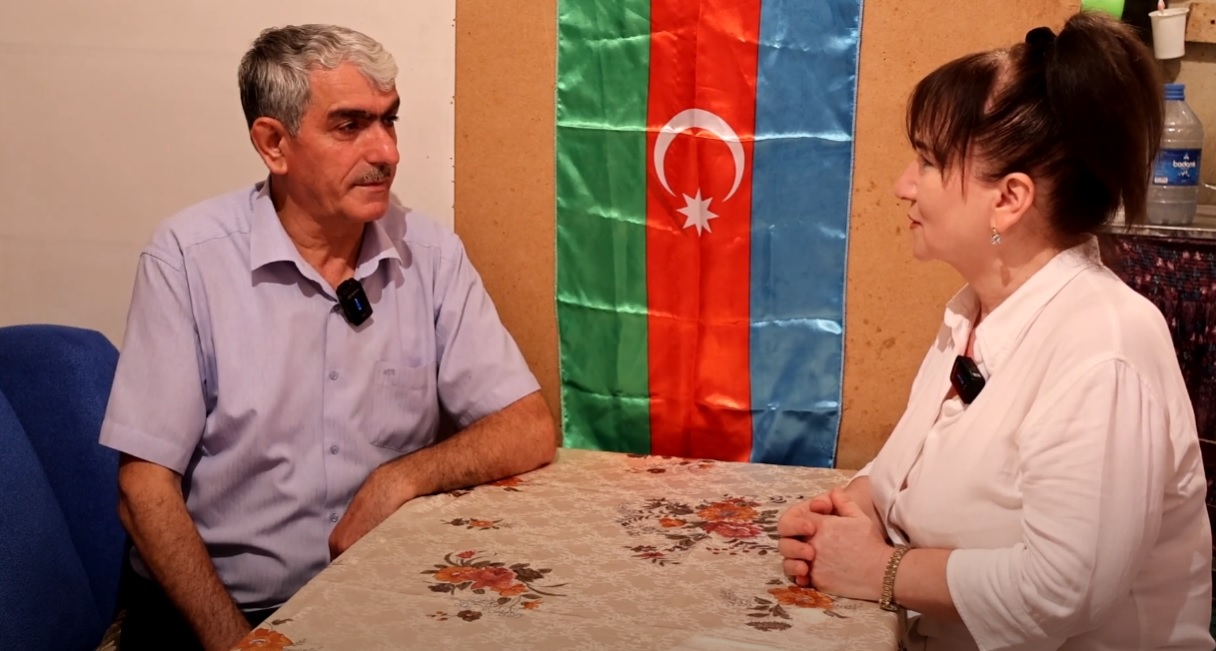Jerusalem Post
ByPESACH BENSON/TPS
Archaeologists found 97 gold coins and jewelry in Susita, revealing life during the Sassanid invasions.
Archaeologists uncovered a rare Byzantine-era gold hoard in Susita National Park in Israel’s Galilee region, shedding new light on the region’s history during the tumultuous Sassanid-Persian invasions, Israel’s Nature and Parks Authority announced on Thursday.
The discovery, made at the end of July 2025, includes 97 gold coins and dozens of intricately crafted gold earrings adorned with pearls, semi-precious stones, and glass. Among the coins is a particularly rare termisis, minted in Cyprus around 610 AD during a revolt against Emperor Phocas.
“This is one of the major Byzantine-era hoards discovered on land in Israel, and its uniqueness lies in the combination of jewelry and gold coins from the periods of various emperors,” said Dr. Michael Eisenberg, co-director of the excavation expedition and a researcher at Haifa University’s Zinman Institute of Archaeology.
He noted that some of the coins still contained fragments of the cloth bag in which they had been buried, offering a remarkable glimpse into the practices of the period.
Dr. Danny Shion, the expedition’s numismatist, explained the significance of the termisis coin. “This is a rare find that adds an important layer to the understanding of the political and economic history of the period,” he said. Only the second coin of its kind has ever been found in Israel.
The complete hoard of gold and jewelry. (credit: Dr. Michael Eisenberg, University of Haifa)
The discovery was made by chance when Eddie Lipsman, a metal detector operator assisting the team, detected metal near a large stone.
“The device went crazy, I couldn’t believe it – gold coins began to be revealed one after another,” Lipsman recalled. The team carefully excavated the area and, after ensuring no further items were present, began cataloging and studying the hoard.
The coins span from the reign of Emperor Justin I (518–527 AD) to the early years of Emperor Heraclius (610–613 AD), including full *solidi* as well as halves (*semisis*) and thirds (*termisis*).
“Gold is a noble metal, and when you find coins and jewelry that are about 1,400 years old that look like new, it’s a rare experience,” Eisenberg said.
Dr. Arleta Koblewska, co-director of the excavation, expressed particular admiration for the jewelry. “The earrings are the big surprise for me. Delicate goldsmithing combining semi-precious stones and pearls – I hope that contemporary goldsmiths will recreate this beauty,” she said.
The discovery is more than just a treasure find. “This extraordinary hoard offers a rare window into the politics, wealth, and daily life of Byzantine Galilee, illuminating a period of upheaval and cultural richness that has long been shrouded in history,” Eisenberg added.
Prominent seat of early Christianity
Susita, overlooking the Sea of Galilee from the east, was a prominent Christian center in the Byzantine period, serving as a bishop’s seat with at least seven active churches.
The Haifa University team has been excavating the site for 26 years, uncovering evidence of the Sassanid conquest, including the burning of the Church of the Martyr Theodoros. These findings support the theory that the region’s Jewish communities may have participated in uprisings alongside the Sassanid army against Byzantine rule.
Dr. Dror Ben-Yosef, heritage supervisor for the Northern District of the Israel Nature and Parks Authority, explained the location’s broader significance.
“The story of Susita teaches about the cultural and religious currents and subcurrents that were present in the country at the same time and the diversity of its inhabitants,” Ben-Yosef said.
“To understand the complexity of the area some 1,400 years ago, it is enough to climb Mount Susita and look west towards Tiberias – the Jewish city. While a rich Christian community developed in Susita around seven churches, the residents of Tiberias maintained a Jewish lifestyle centered on synagogues.”


